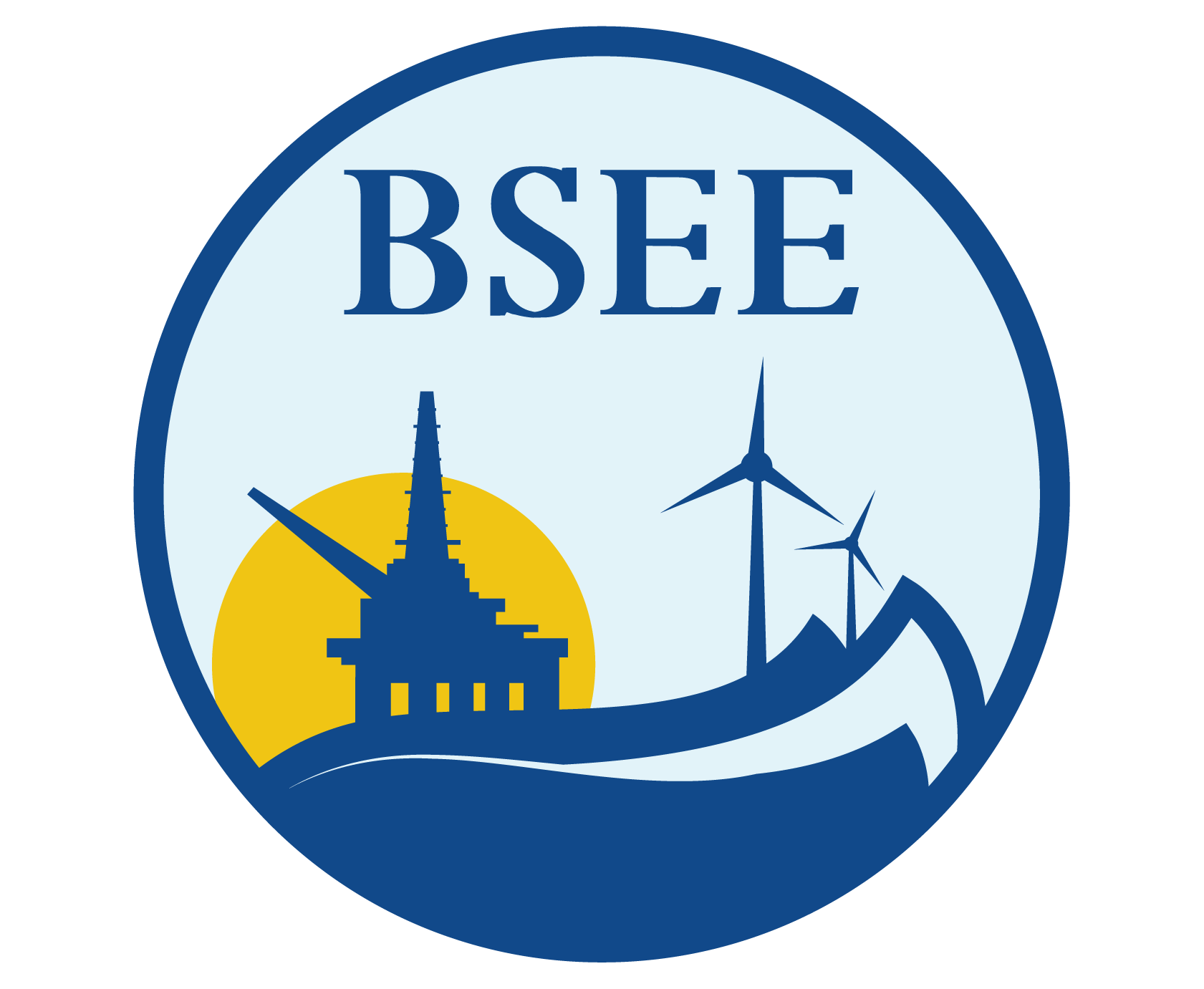Behavior of Concrete Offshore Structures in Cold Regions
The study addressed the reliability of concrete as a valid construction material for Arctic structures. The focus will be on problems of structural deterioration caused by the loss of durability due to environmental effects, variation in material properties due to extreme temperature, and to abrasive damages or large concentrated stresses due to sea ice.
